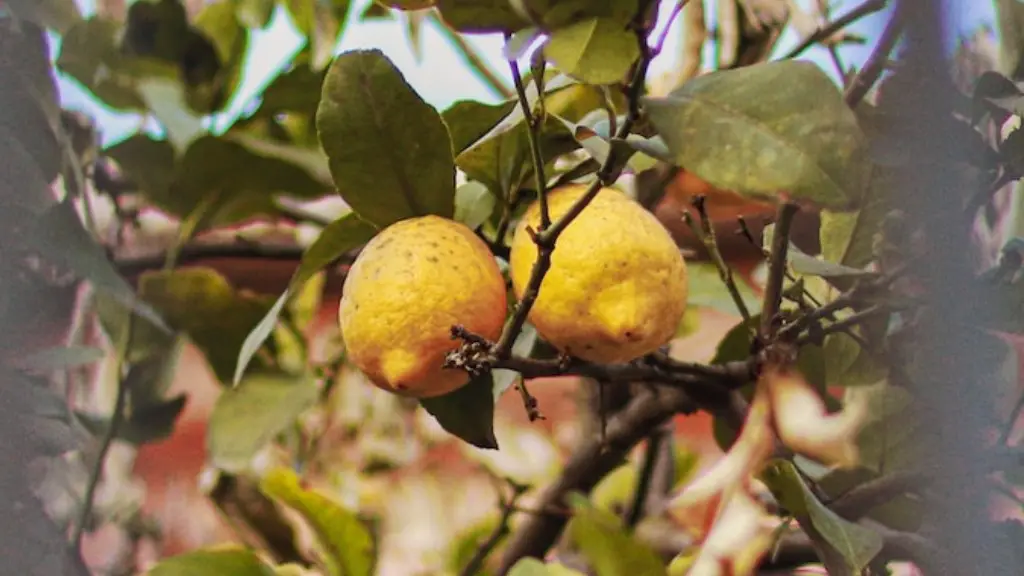Potting a lemon tree is an easy task that can be completed in just a few steps. The first step is to purchase a container. Ideally, use one that is at least 12-18 inches in diameter and has drainage holes at the bottom. It is also important to ensure there is enough depth for the size of the root structure. The second step is to fill the bottom of the container with gravel or crushed stones for water drainage. Then add in quality potting soil and fill the container halfway. Before placing the lemon tree in the pot, loosen the roots gently and then slide them into the soil. Make sure the roots are completely covered, add more potting soil as needed, and tamp the soil lightly to ensure there are no air pockets. Once finished, water the plant and add a fertilizer to help the lemon tree thrive. Lastly, place the lemon tree in an area with plenty of sunlight and make sure to water it regularly.
Sunlight
When it comes to potting a lemon tree, choosing the right level of sunlight is essential. For most lemon tree varieties, they will need 5-6 hours of direct sunlight each day in order to thrive. If the tree is not getting enough sunlight, its growth may be affected. Additionally, you should carefully observe the plant throughout the day, as too much direct sunlight can cause leaf burn. In this case, you may need to provide some shade.
When placing the potted lemon tree outdoors, it is best to keep it away from windy areas and hot surfaces, as extreme temperatures can damage the leaves and the roots. Additionally, be aware of any outdoor cats or other animals that may damage or uproot the tree.
Fertilizing and Watering
Fertilizing and watering the lemon tree is important in order to ensure its health and growth. The frequency of fertilization will depend on the growth rate of the tree and the type of soil used to pot the tree. As a general rule, you should fertilize the lemon tree every 6-8 weeks. During the warmer months, water the tree more often, making sure not to overwater. It is also important to ensure the soil is moist but not soggy. Avoid using cold water when watering the tree.
Pruning
Pruning a lemon tree will help maintain its shape and size as well as promote growth. When pruning a lemon tree, always use sharp and clean pruning shears. Always cut back to the parent branches and avoid cutting too close to the trunk. Additionally, you should remove any dead or dying branches. The best time to prune the lemon tree is during late winter or early spring.
Transplanting
If you ever need to transplant the lemon tree, choose a container that is slightly larger than the original pot. Before transferring the tree, make sure to loosen the roots and cover them with fresh soil. Once transplanted, water thoroughly and wait a few days before fertilizing.
Pests and Diseases
When potting a lemon tree, it is important to monitor it regularly for pests and diseases. Common signs of pests or diseases are yellow or withered leaves, spots on the leaves, or weak growth. Regularly check for insects such as spider mites or aphids, carefully remove any pests you find, and treat the tree with insecticides if necessary. Additionally, water only when soil is dry to avoid root rot and other fungal diseases.
Tips for Potting a Lemon Tree
When potting a lemon tree, it’s important to choose a pot that is large enough to accommodate the size of the root structure. Additionally, make sure there is enough drainage, fertilize regularly, check for pests and diseases, and provide enough sunlight and water. Prune the tree only when necessary and remember to transplant the tree into a slightly larger pot if needed.

